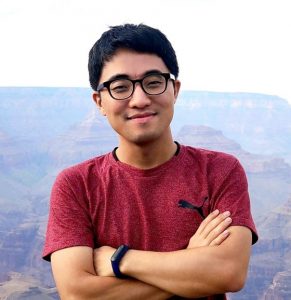
Dr. Taeyeong Choi is a postdoctoral research associate in the Lincoln Agri-Robotics (LAR) Centre at University of Lincoln, UK, in which he broadly studies on AI, computer vision, and robotics for real applications of augmented intelligence in agriculture. He has recently proposed novel methods of deep learning for sensing robots to construct an accurate model of environments of interest under practical challenges — e.g., lack of prior observations of anomalies, limited battery life of sensing robots, etc. His particular interests are in successful porting of latest learning paradigms such as self-supervised learning, generative adversarial networks, reinforcement learning, and continual learning to complex real-world scenarios including agriculture. He received his BSE degree in computer science and engineering at Soongsil University, South Korea and his PhD in computer science at Arizona State University, USA.
One of the most practical applications of agricultural AI is to build a vision system that can precisely recognize individual unhealthy plants to perform targeted treatments without damaging other normal instances. While deep learning is significantly useful in modeling particular patterns from visual data, gathering the data of “atypical” qualities — e.g., fruits with a certain disease — can be particularly challenging largely due to the rare occurrences of such anomalies. In this talk, I will introduce Channel Randomisation (CH-Rand), a novel data augmentation technique to force a deep neural network to learn representations of irregularities in “colour” whilst simply classifying normal examples augmented. Its critical benefits will be presented in comparison with other state-of-the-art methods, mainly developed for identifying defects in “structure” on non-agricultural objects. All reported results are based on the experiments with public, wild datasets including Riseholme-2021, which consists of >3.5K strawberry images, collected at the University of Lincoln, UK by operating a mobile robot with RGB cameras. In addition, I will show the promising results from some of my more recent studies implying that even better representations can be obtained when randomness in CH-Rand is regulated to obey a special type of “curriculum”. Lastly, other potential agricultural applications will also be briefly discussed in conclusion.